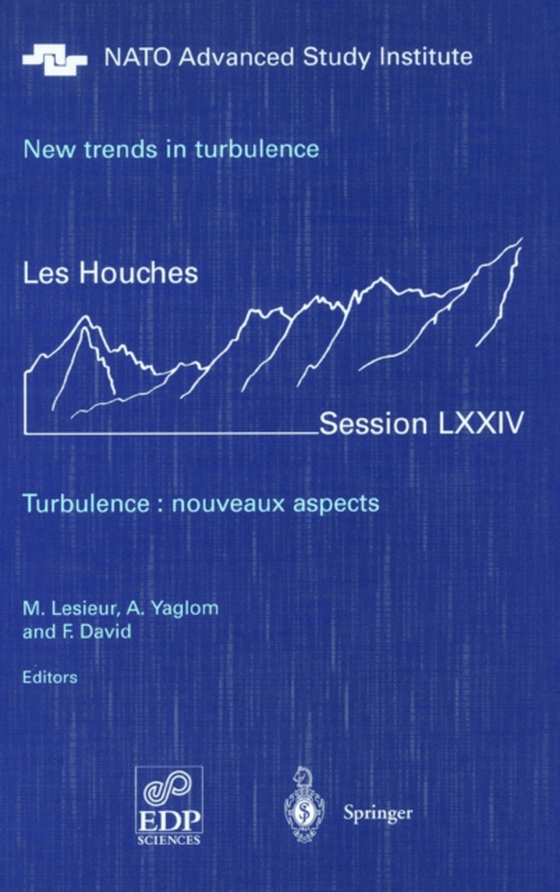
New trends in turbulence. Turbulence: nouveaux aspects e-bog
2190,77 DKK
(inkl. moms 2738,46 DKK)
The phenomenon of turbulence in fluid mechanics has been known for many centuries. Indeed, it was for instance discussed by the Latin poet Lucretius who described in "e;de natura rerum"e; how a small perturbation ("e;clinamen"e;) could be at the origin of the development of a turbulent order in an initially laminar river made of randomly agitated atoms. More recently, Leonardo d...
E-bog
2190,77 DKK
Forlag
Springer
Udgivet
1 juli 2003
Genrer
PBKS
Sprog
English
Format
pdf
Beskyttelse
LCP
ISBN
9783540456742
The phenomenon of turbulence in fluid mechanics has been known for many centuries. Indeed, it was for instance discussed by the Latin poet Lucretius who described in "e;de natura rerum"e; how a small perturbation ("e;clinamen"e;) could be at the origin of the development of a turbulent order in an initially laminar river made of randomly agitated atoms. More recently, Leonardo da Vinci drew vortices. Analogous vortices were sketched by the Japonese school of artists called Utagawa in the 19th century, which certainly influenced van Gogh in "e;The Starry Night"e;. However, and notwithstanding decisive contributions made by Benard, Reynolds, Prandtl, von Karman, Richardson and Kolmogorov, the problem is still wide open: there is no exact derivation of the famous so called Kolmogorov k 5'3 cascade towards small scales, nor of the value of the transitional Reynolds number for turbulence in a pipe. Besides these fundamental aspects, turbulence is associated with essential practical questions in hydraulics, aerodynamics (drag reduction for cars, trains and planes), combustion (improvement of engine efficiency and pollution reduction), acoustics (the reduction of turbulence induced noise is an essential issue for plane reactors), environmental and climate studies (remember the huge damage caused by severe storms in Europe at the end of 1999), and astrophysics (Jupiter's Great Red Spot and solar granulation are manifestations of turbulence). Therefore, there is an urgent need to develop models that allow us to predict and control turbulence effects.
 Dansk
Dansk

